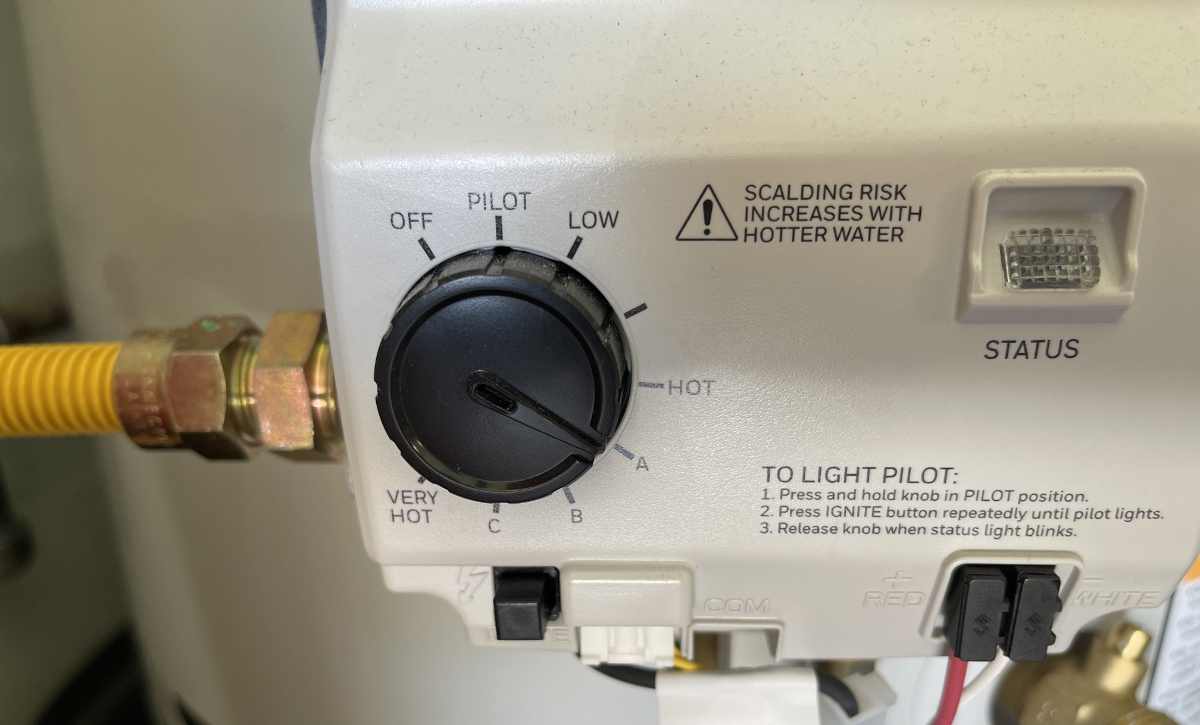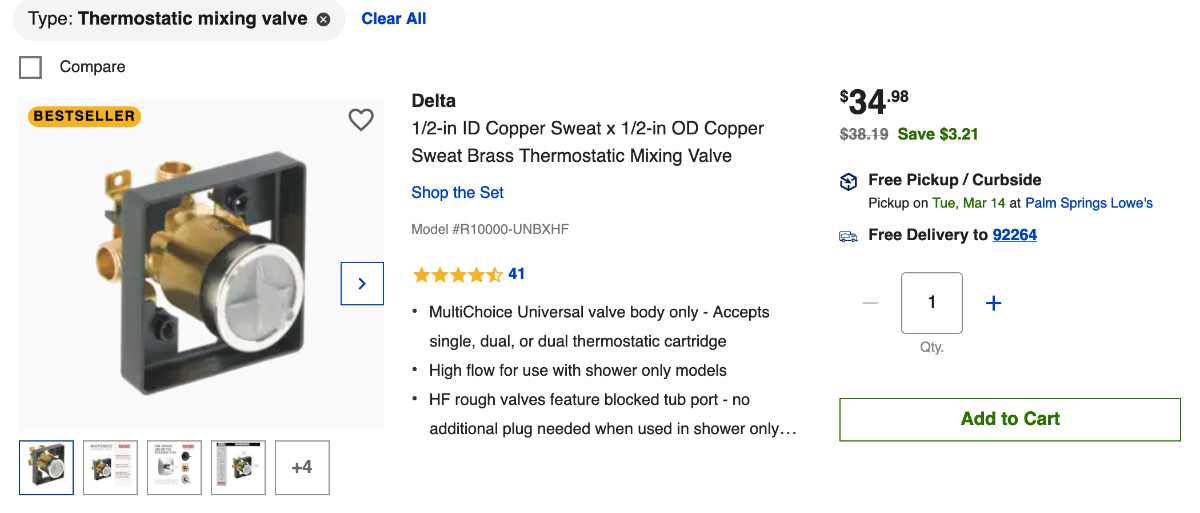Scalding Tap Water - Dangerous but Easy to Avoid
Scalding tap water remains a serious public health hazard. A $30 fitting can prevent it.

It only takes a few seconds to be severely burned by scalding water. Everybody knows this and yet, it happens routinely. A new study identified 52,088 emergency department visits, 7,270 hospital admissions, and 110 hospital deaths attributable to tap water scald burns in 2016–2018.
Many of the victims were children, who perhaps didn't yet know about the dangers of scalding water, and whose parents hadn't taken measures to ensure that the water in their home was safe. Other victims at high risk included the elderly.
“Tap water scalds remain a serious and costly public health burden despite the utilization of educational efforts, voluntary industry actions, warning language requirements, and preset thermostats on water heaters," the study noted. “The high injuries, deaths, and overall cost of these scald burns suggest policy proposals are needed to require the use of thermostatic mixing valves.”
There are two simple ways to improve water safety in your home.
The simplest is to set the temperature control on your water heater to "A" or below. The other, more reliable but slightly more expensive method, is to use a thermostatic mixing valve, a $30 fitting that automatically mixes in cold water with hot to keep temperatures at a safe level.
Target: <120 degrees
Manufacturers voluntarily adopted a 120°F preset temperature standard recommended by the Consumer Protection Safety Commission (CPSC) in 1988. But even so, tap water still causes about one in four of all scald burns in the United States.
Exposure to water at 120°F will cause a serious burn in 9 minutes; at 130°F it will cause a serious burn in 25 seconds, and at 140°F, a serious burn will occur in as little as 3 seconds, researchers said.
Thermostatic mixing valves could reduce the risk of these burns by mixing hot water from the water heater with cold water before it reaches a household tap, they suggest. This is a more reliable method than simply changing the temperature settings on the water heater, since undiluted hot water can cause injury if the exposure is lengthy.

The retail cost of a thermostatic mixing valve is about $30. Installation would add labor charges to that. But even with the added cost, the savings in healthcare and rehabilitation costs would be major, the researchers said.
They estimated that the average cost of a scalding burn was $572 for each initial emergency department visit and $28,431 for each hospital stay.
The total direct healthcare cost added up to $206.69 million for all associated inpatient stays and $29.79 million for associated emergency department visits—the equivalent of $78.8 million annually.
These costs exclude follow-on care, such as rehab, drugs, and infection treatment and control. Nor do they measure societal costs; impact on future productivity; pain and suffering; or other costs frequently associated with injuries among those severely injured, point out the researchers.
Medicare picked up $109.54 million of these costs and Medicaid $18.3 million, equivalent to 54% of these hospital costs, indicating that scald burns disproportionately affect elderly and poor people, the study found.
Multiple body surfaces were involved in more than a third (35.4%) of inpatient treatment episodes and in 16% of emergency department visits.
Validated risk scoring suggests that around half (52%) of patients were at low risk of death and nearly 1 in 5 (19.5%) at major and extreme risk of death.
The study was published online in the journal Injury Prevention.
To estimate the national personal and financial costs of tap water scald burns in the US, to inform future policy, the researchers drew on data from the National Inpatient Sample (NIS) and the Nationwide Emergency Department Sample (NEDS) from the Healthcare Cost and Utilisation Project (HCUP) for 2016–18.
The NIS and NEDS data identified 52,088 emergency department visits, 7270 hospital admissions, and 110 hospital deaths attributable to tap water scald burns in 2016–2018.
The NIS data revealed that more than half of tap water scald burns involved more men and boys (57.5%) than women and girls; almost half (45%) the patients were aged 18–64, and around 4 in 10 were white (41%).
The NEDS data revealed a preponderance of female (57%) patients, with more than half (60%) of all patients aged 18–64.
The researchers note various limitations to their estimates, which didn’t include visits to urgent care centres or children receiving care at Shriner burn centres. What’s more, their estimates were based on hospital charge data rather than actual bills.
At a retail cost of around $30 that would add an estimated $100 to the cost of a water heater installation, “Ensuring the installation of thermostatic mixing valves during installation of new water heaters is a practical, cost-effective strategy to eliminate tap water scald burns in the United States,” they conclude.
